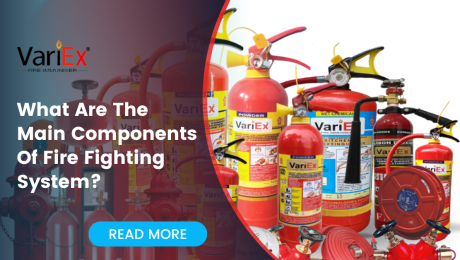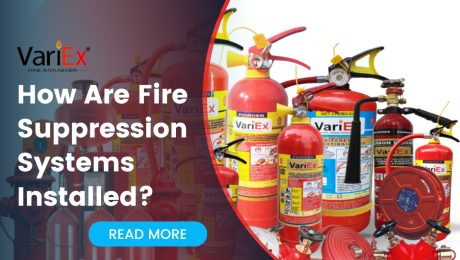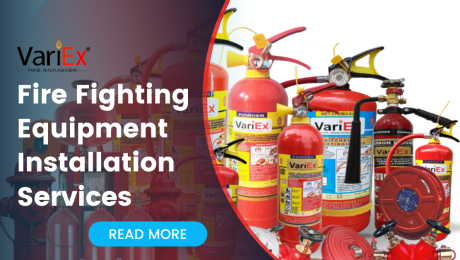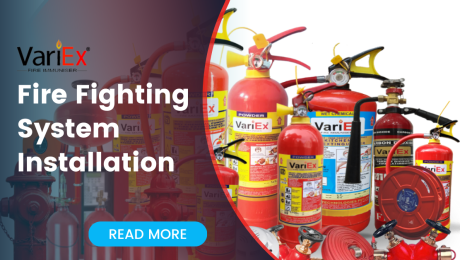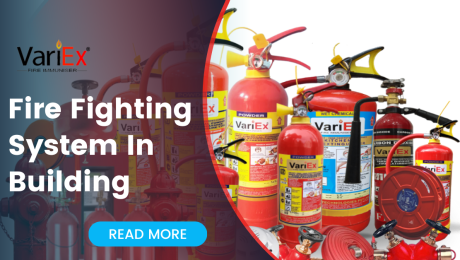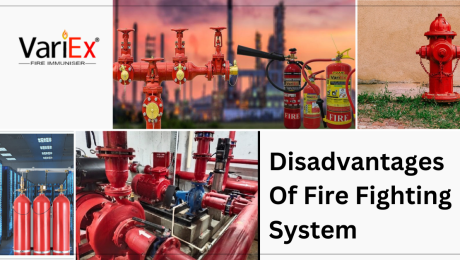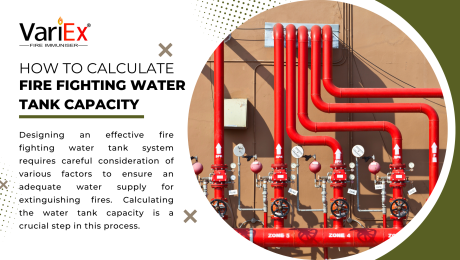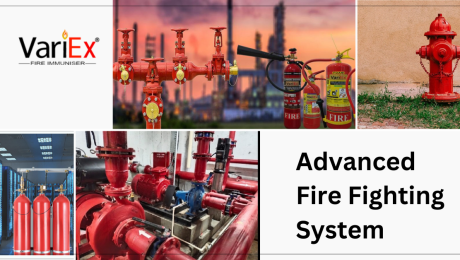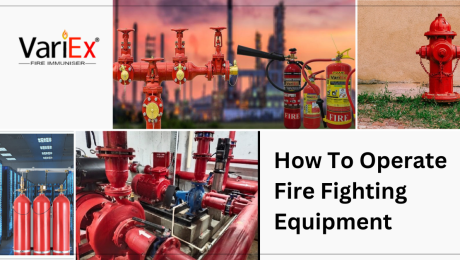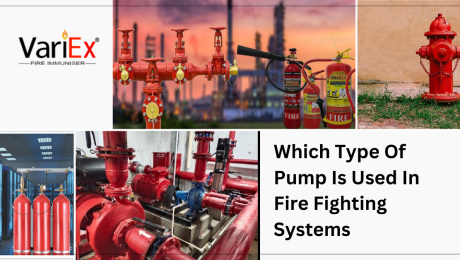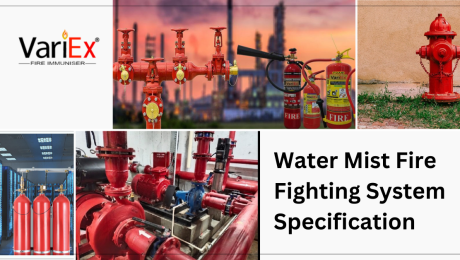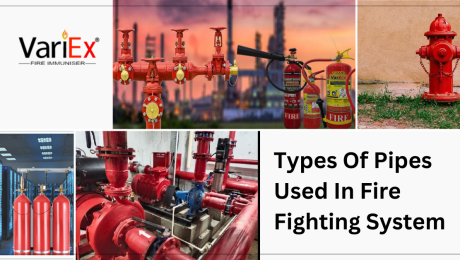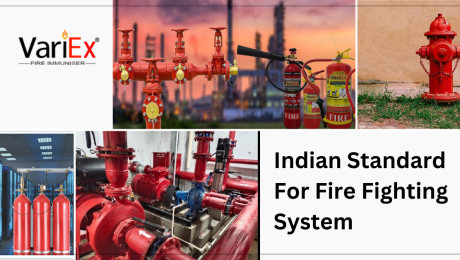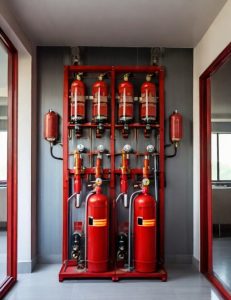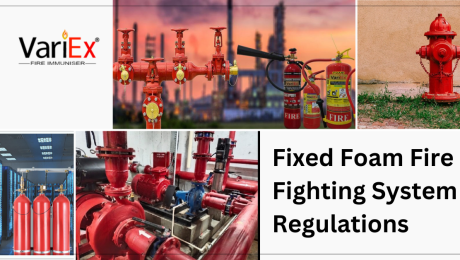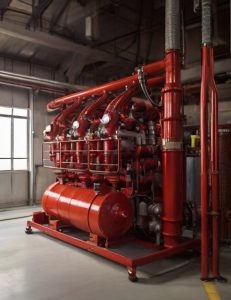A fire fighting system is a crucial component of any building’s safety infrastructure, designed to detect, control, and extinguish fires effectively. These systems typically include various elements such as fire alarms, sprinklers, fire extinguishers, and smoke detectors.
Automatic fire sprinkler systems are among the most common fire fighting systems, capable of quickly detecting heat and releasing water to suppress flames. Fire alarms play a vital role in alerting occupants to the presence of fire, allowing for prompt evacuation.
Additionally, portable fire extinguishers provide a means for immediate response to small fires, helping to contain them before they escalate. Smoke detectors detect the presence of smoke, triggering alarms and activating ventilation systems to aid in smoke removal.
Regular maintenance and testing of fire fighting systems are essential to ensure their reliability during emergencies. Properly functioning fire fighting systems can significantly mitigate the risk of property damage and save lives in the event of a fire.
What Are The Main Components Of Fire Fighting System?
- Published in ABC Fire Extinguisher, CO2 Fire Extinguisher, Fire Alarm, Fire Extinguisher, Fire Fighting System, FIre Hydrant, Fire Safety Equipment, Fire Sprinkler System, Fire Suppression
How Are Fire Suppression Systems Installed?
- Published in Fire Fighting System
Fire Fighting Equipment Installation Services
- Published in Fire Fighting System
Fire Fighting System Installation
- Published in Fire Fighting System
Fire Fighting System In Building
- Published in Fire Fighting System
Disadvantages Of Fire Fighting System
- Published in Fire Fighting System
How To Calculate Fire Fighting Water Tank Capacity
- Published in Fire Fighting System
Advanced Fire Fighting System
- Published in Fire Fighting System
How To Operate Fire Fighting Equipment
- Published in Fire Fighting System
Which Type Of Pump Is Used In Fire Fighting System
Fire fighting systems rely on pumps to provide the necessary water pressure for extinguishing fires effectively. The type of pump used depends on various factors, including the system design, water source, and application requirements. Here’s an overview of the common types of pumps used in fire fighting systems.
- Published in Fire Fighting System
Water Mist Fire Fighting System Specification
- Published in Fire Fighting System
Types Of Pipes Used In Fire Fighting System
- Published in Fire Fighting System
Indian Standard For Fire Fighting System
- Published in Fire Fighting System
Fixed Foam Fire Fighting System Requirements
Fixed foam fire fighting systems are essential for protecting industrial facilities, warehouses, and other high-risk environments from flammable liquid fires. Understanding the requirements for these systems is crucial to ensure compliance and effectiveness. This guide delves into the key requirements for designing, installing, and maintaining fixed foam fire fighting systems.
1. Hazard Assessment:
- Conduct a thorough hazard assessment to identify potential fire risks, including the types and quantities of flammable liquids present, storage configurations, and occupancy classifications.
- The hazard assessment helps determine the appropriate foam concentrate type, discharge rates, and system design requirements.
2. System Design Criteria:
- Design the fixed foam fire fighting system based on recognized standards and guidelines, such as NFPA 11 and NFPA 16, as well as local building codes and regulations.
- Consider factors such as foam concentrate storage, proportioning methods, discharge devices, and hydraulic calculations to meet system design criteria.
- Published in Fire Fighting System
Fixed Foam Fire Fighting System Regulations
Fixed foam fire fighting systems are critical for combating flammable liquid fires in various industries, including petrochemical, oil and gas, and chemical processing. Understanding the regulations governing these systems is essential for ensuring compliance and maximizing safety. This guide explores the key regulations and standards applicable to fixed foam fire fighting systems.
1. NFPA 11: Standard for Low-, Medium-, and High-Expansion Foam
- The National Fire Protection Association (NFPA) 11 standard provides guidelines for the design, installation, operation, testing, and maintenance of fixed foam fire fighting systems.
- It covers various aspects, including foam concentrate storage, proportioning, discharge devices, and system components.
2. NFPA 16: Standard for the Installation of Foam-Water Sprinkler and Foam-Water Spray Systems
- NFPA 16 outlines requirements for the design, installation, and maintenance of foam-water sprinkler and foam-water spray systems used in fire protection applications.
- The standard addresses system design, component selection, hydraulic calculations, and testing procedures.
3. International Fire Code (IFC) and National Fire Code (NFC)
- The International Fire Code (IFC) and National Fire Code (NFC) provide regulations related to fire protection and prevention, including the installation and maintenance of fixed foam fire fighting systems.
- These codes may adopt NFPA standards or include specific requirements for foam systems based on local jurisdictional needs.
- Published in Fire Fighting System


